Distribution of fast-growing tilapia to expand
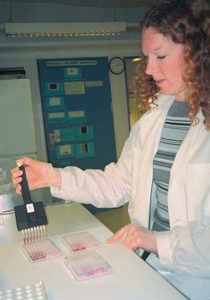
In 1997, the 10-year GIFT (Genetic Improvement of Farmed Tilapia) project funded by the United Nations and the Asian Development Bank came to an end. During the project start-up, which received the CGIAR Scientific Partnership Award, Nile tilapia from the best strains available worldwide were collected and tested.
Based on results from thorough testing in 11 different environments, the best-performing strains were combined to form the basis for nine generations of selection. At the end of the project period, the estimated genetic performance of the fish was twice that of the best original strain.
The project was carried out by the GIFT Foundation, which in 1999 entered an exclusive agreement with GenoMar to secure long-term continuation of the GIFT breeding initiative. The agreement provides for a continuation of joint research activities at the GIFT Foundation, with the breeding nucleus located in Muñoz in the Philippines. GenoMar has the exclusive commercial rights to all applicable products derived from these activities, including worldwide dissemination of the GIFT strain.
Distribution expands
The ninth generation of the GIFT strain was recently compared to a local commercial strain in China (Fig. 1). In this test, the GIFT tilapia grew more than twice as fast as the local strain.
Based on this study, a long-term cooperative project with a Chinese company was started. It will include a large-scale dissemination of the GIFT strain to the world’s largest tilapia market. Until recently, the GIFT/Geno- Mar strain was only available in the Philippines through accredited local hatcheries, but GenoMar is now also establishing distribution canals in other countries in southeast Asia and Latin America.
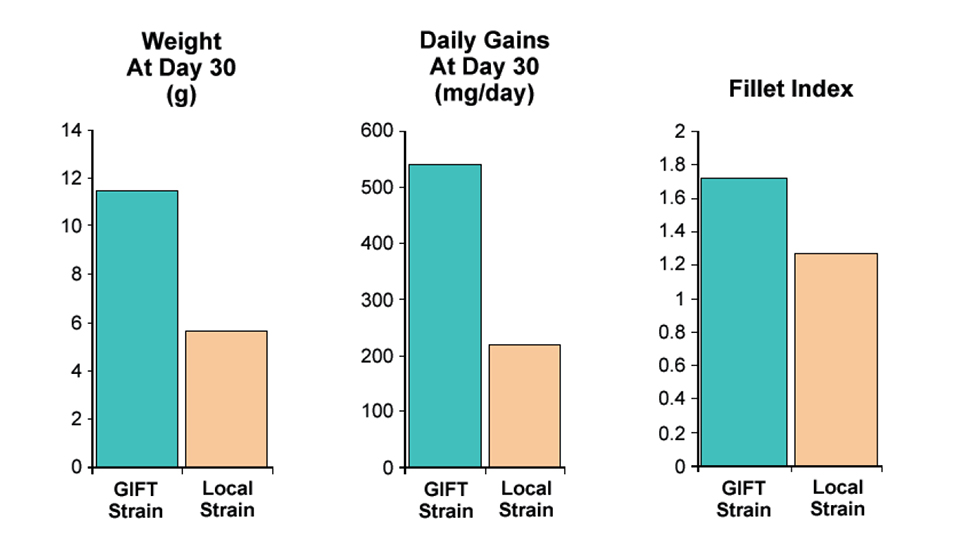
DNA technology applied
Since the end of the original GIFT project, the selection has been carried on for three more generations. By applying DNA genotyping technology, the selection differential increased, and the total genetic gain for growth rate is now expected to be 40 percent higher than the ninth-generation fish tested in China. This latest “edition” of the GIFT strain will be launched in 2002.
Marker-assisted selection
GenoMar has generated genetic maps in tilapia that will be useful tools for revealing genes that influence economically important traits. Several candidate gene regions for color, growth, body shape, salt tolerance, and sex have been detected. When these genes are identified and further studied, the information will be utilized to accelerate genetic gains, especially for traits like feed conversion ratio and disease resistance, which are difficult and expensive to record by traditional schemes.
By DNA typing broodstock and recording phenotypic traits, one can readily identify the individuals carrying the “good” genes, and subsequently use them as breeders. Simulations carried out by Professor Morris Soller have shown that these tools can increase selection speed significantly over conventional breeding methods.
Electronic DNA screening
Together with Motorola, GenoMar has developed a prototype, chip-based screening platform. The DNA chip is being designed for use with handheld applications that could bring screening into the industrial setting. In the future, such tools for verification of fish origin would further increase the potential of the most important worldwide whitefish commodity – tilapia.
(Editor’s Note: This article was originally published in the December 2001 print edition of the Global Aquaculture Advocate.)
Now that you've reached the end of the article ...
… please consider supporting GSA’s mission to advance responsible seafood practices through education, advocacy and third-party assurances. The Advocate aims to document the evolution of responsible seafood practices and share the expansive knowledge of our vast network of contributors.
By becoming a Global Seafood Alliance member, you’re ensuring that all of the pre-competitive work we do through member benefits, resources and events can continue. Individual membership costs just $50 a year.
Not a GSA member? Join us.
Author
-
Hans Magnus Gjøen, Ph.D.
GenoMar
Oslo Research Park
Gaustadallèen 21
N-0349 Oslo, Norway[109,111,99,46,114,97,109,111,110,101,103,64,110,101,111,106,103,46,115,117,110,103,97,109,46,115,110,97,104]
Tagged With
Related Posts
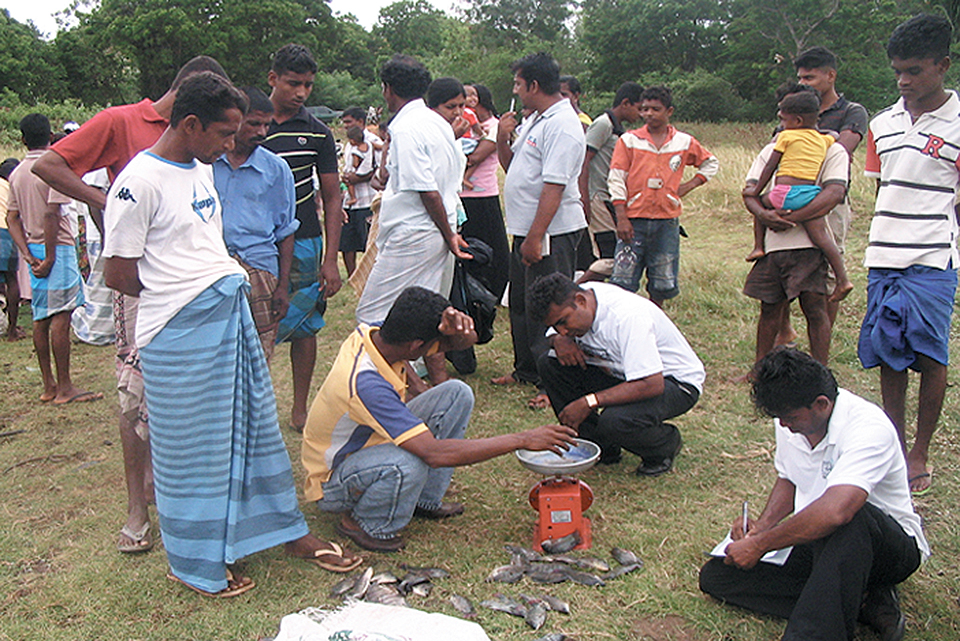
Responsibility
GIFT tilapia raise culture efficiency in Sri Lanka
The wide distribution and ongoing improvement of GIFT tilapia in Sri Lanka is raising living standards and employment for women in rural areas.
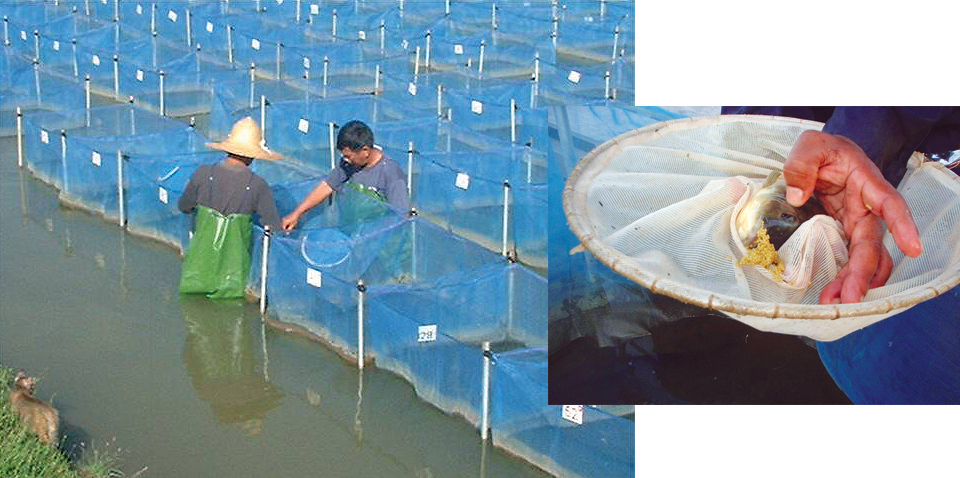
Health & Welfare
GIFT tilapia: Technology for successful selected strain continues
Selective breeding across multiple generations of Nile tilapia representing varied geographic populations yielded the “genetically improved farmed tilapia,” or GIFT tilapia, in the late 1990s.
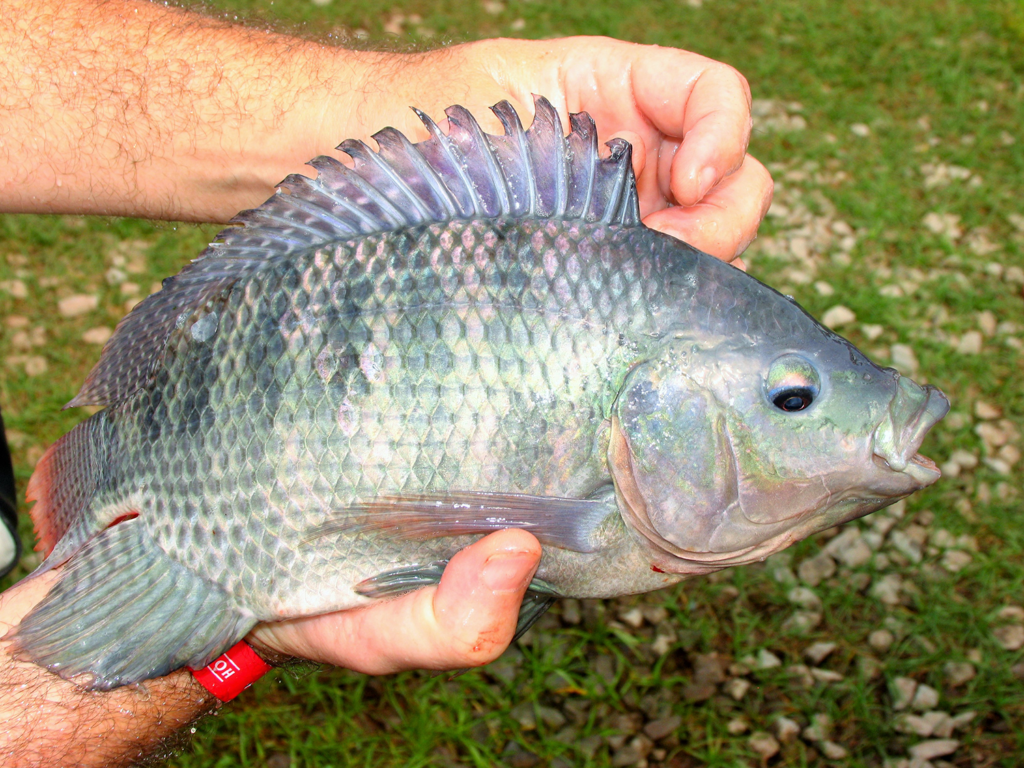
Health & Welfare
Influence of diet type on gut microbiome, nutrient assimilation in GIFT tilapia
Study compares effects of vegetable-based and commercial pellet-based diets on the nutrient assimilation and gastrointestinal microbiota of GIFT tilapia.
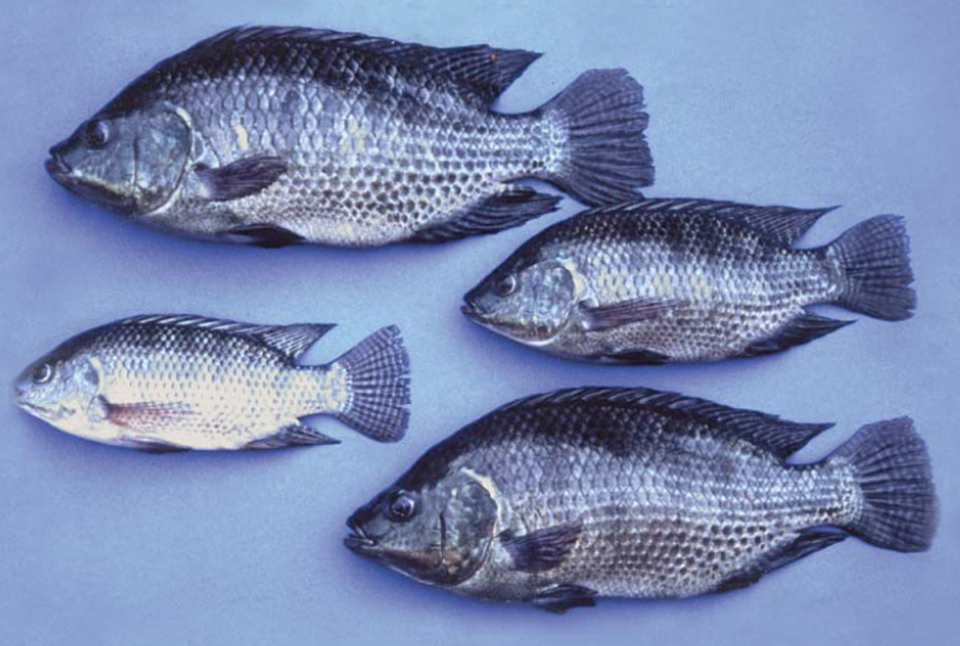
Health & Welfare
Tilapia genetics: Applications and uptake
Although tilapia genetics lag behind crop and livestock breeding, the pace of development may narrow the gap appreciably in coming years.


